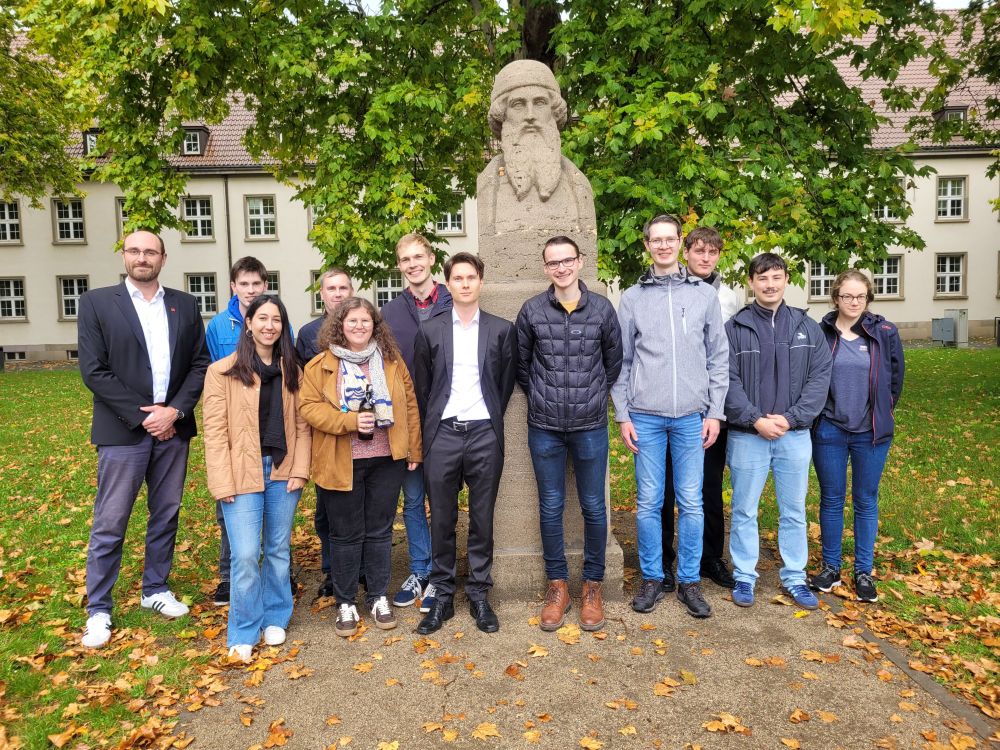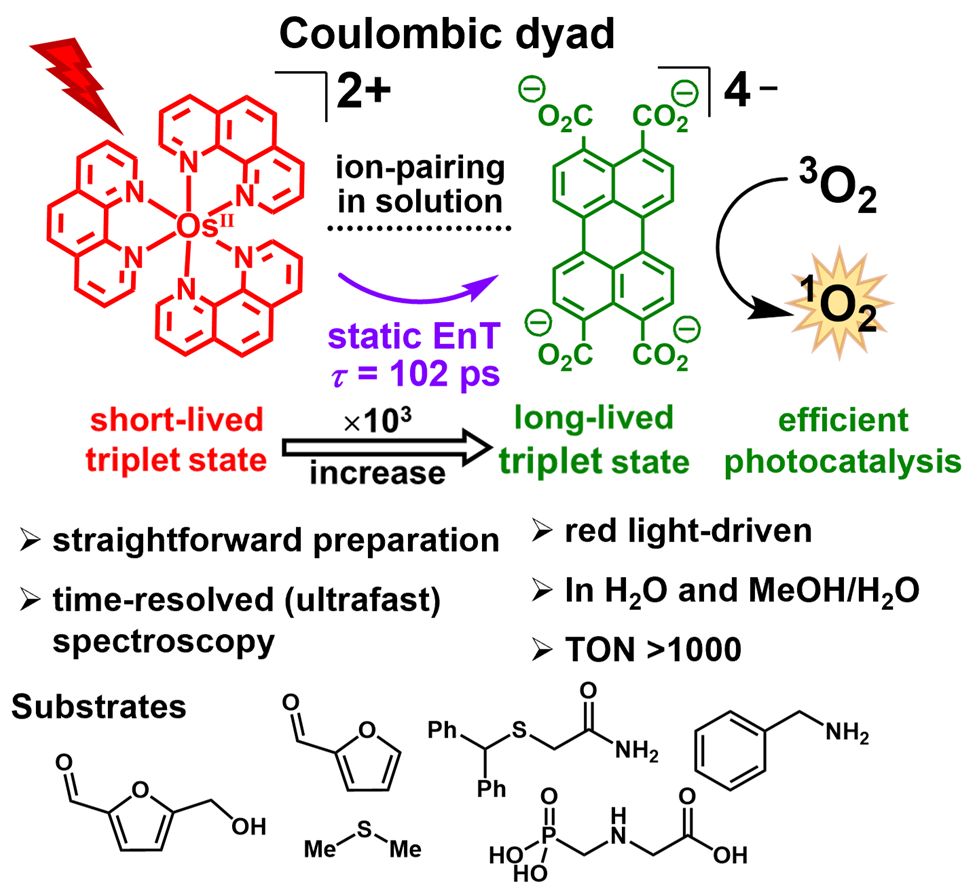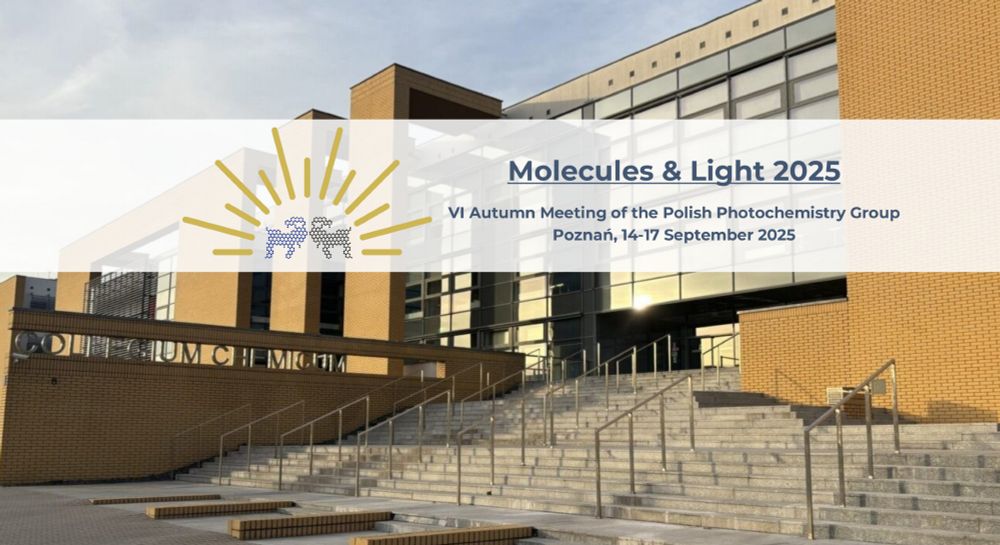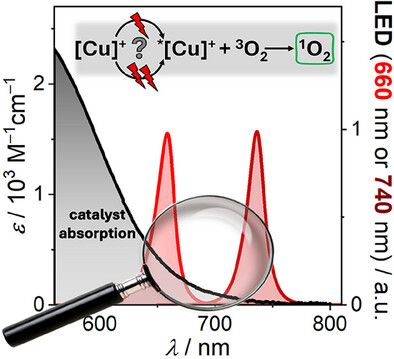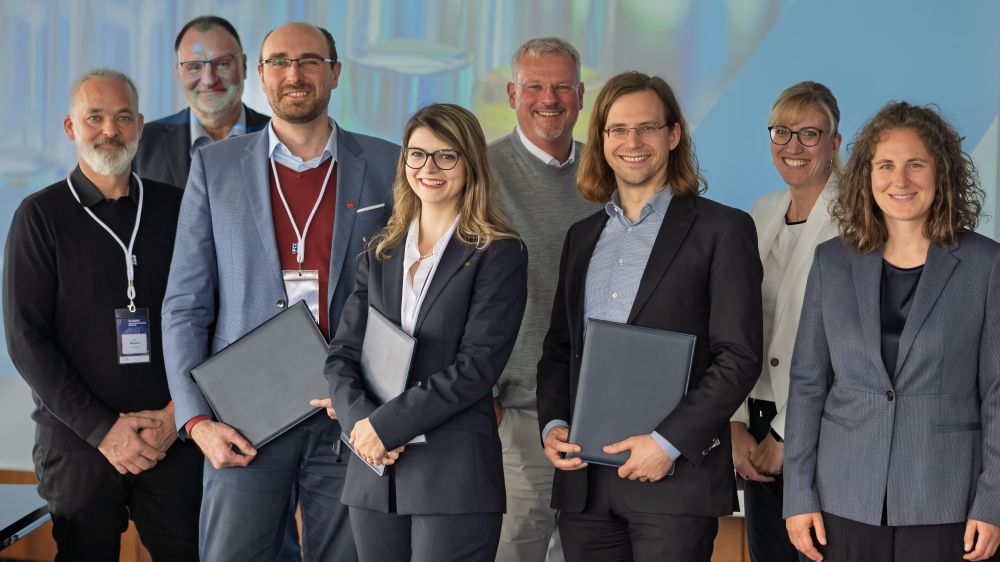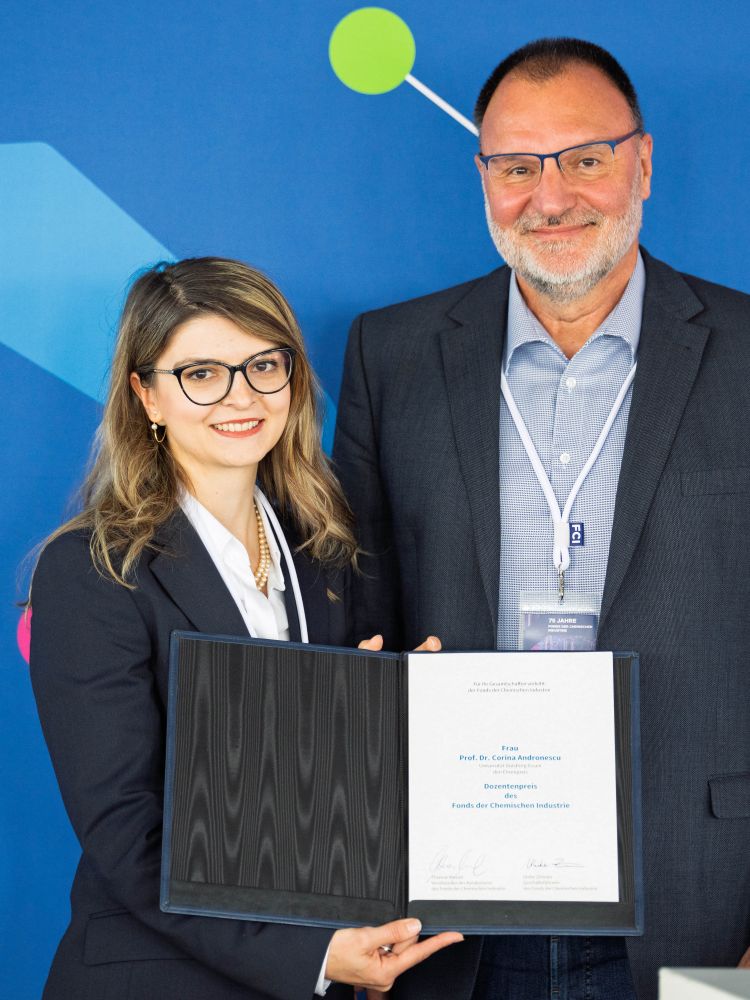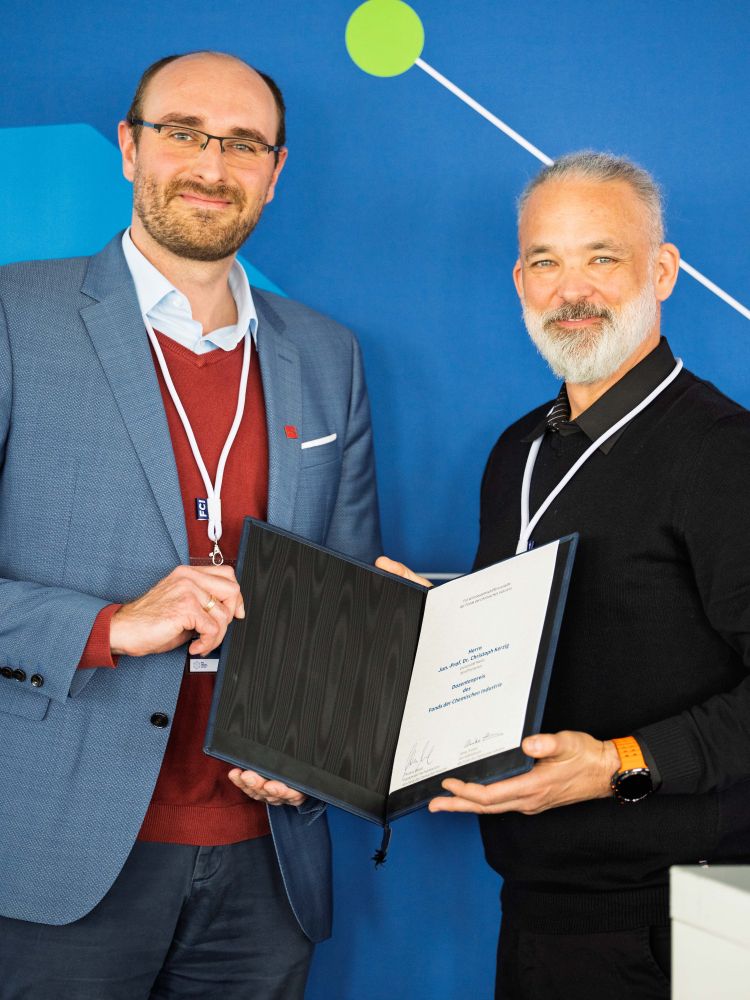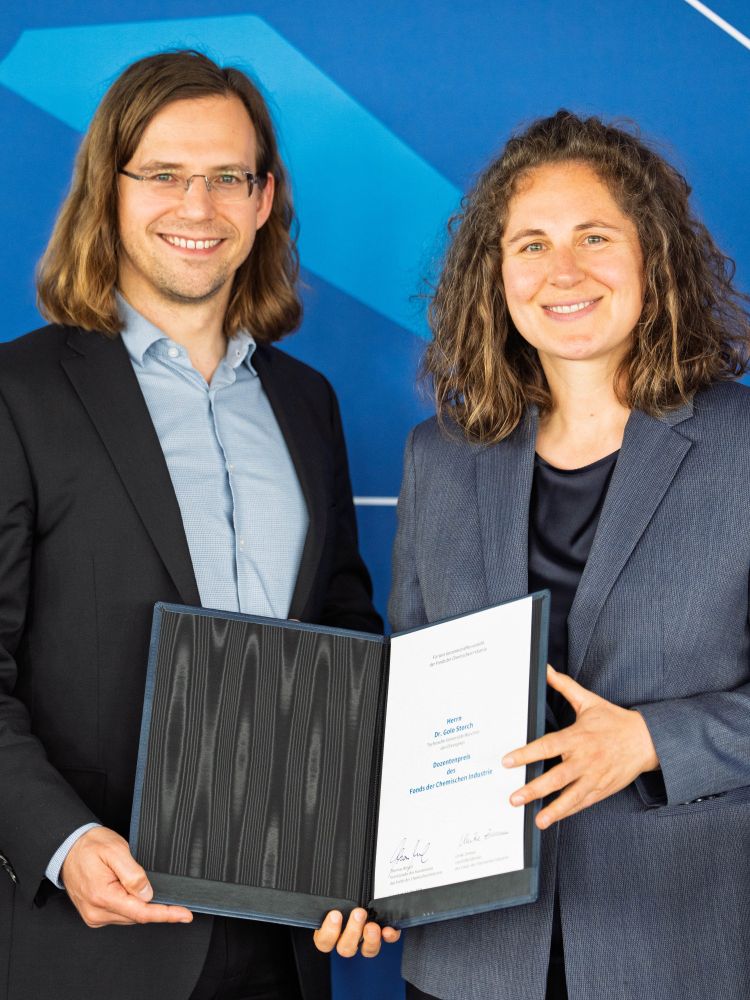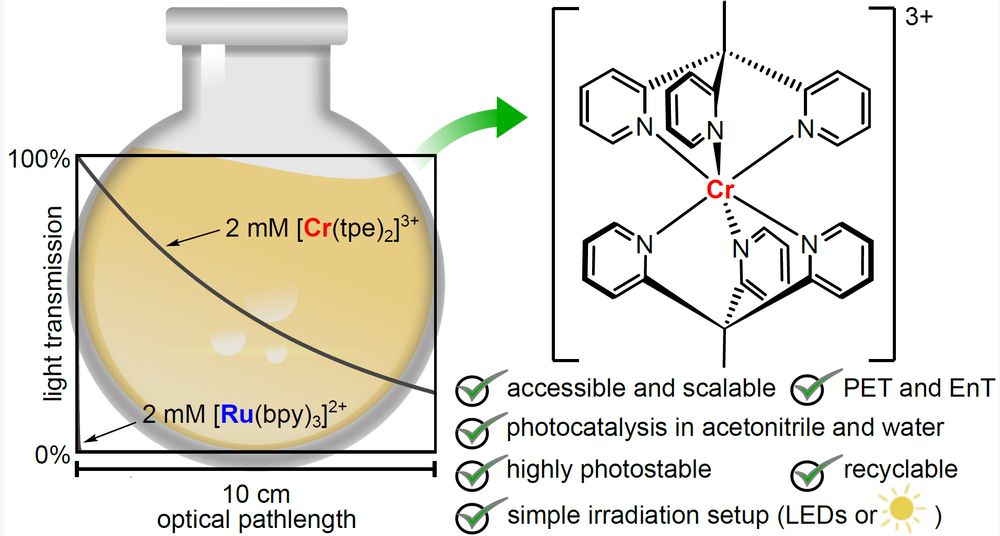Christoph Kerzig
@ckerzig.bsky.social
270 followers
320 following
21 posts
Photochemist, former Leopoldina Postdoc, Husband, Father of 2, Chemistry Professor @ JGU Mainz, board member of the GDCh photochem. section https://www.ak-kerzig.chemie.uni-mainz.de/
Posts
Media
Videos
Starter Packs
Christoph Kerzig
@ckerzig.bsky.social
· Sep 2
Reposted by Christoph Kerzig
Oliver Wenger
@wengeroliver.bsky.social
· Aug 27

Photoinduced double charge accumulation in a molecular compound - Nature Chemistry
The photoinduced accumulation of redox equivalents is a challenging requirement for artificial photosynthesis. Now a molecule has been developed in which the sequential absorption of photons results i...
www.nature.com
Christoph Kerzig
@ckerzig.bsky.social
· Aug 1
Reposted by Christoph Kerzig
Oliver Wenger
@wengeroliver.bsky.social
· Jul 18
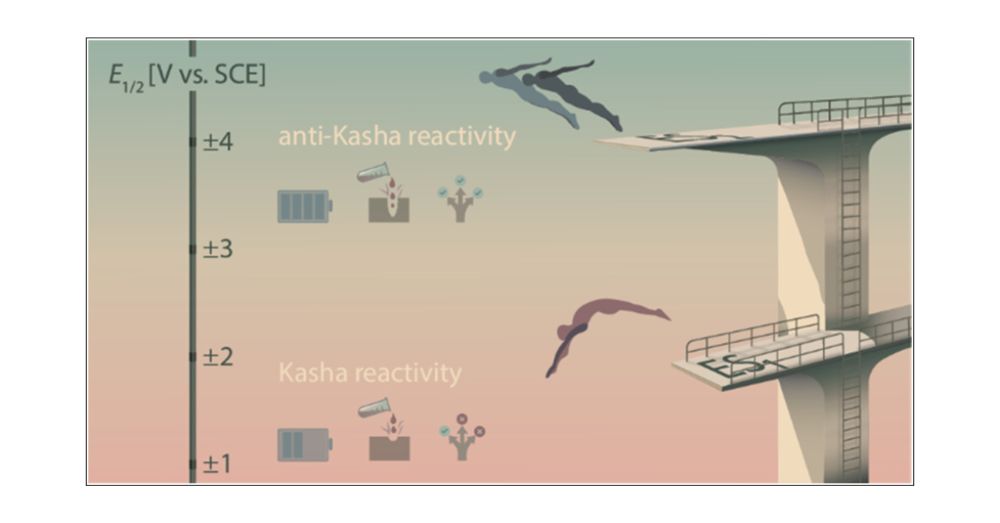
Breaking Kasha’s Rule to Enable Higher Reactivity in Photoredox Catalysis
Nearly all photochemical transformations known to date follow Kasha’s rule, implying that reactions occur only from the lowest electronically excited state of a given spin multiplicity due to the fast...
bit.ly
Reposted by Christoph Kerzig
ChemComm
@chemcomm.rsc.org
· Jun 4
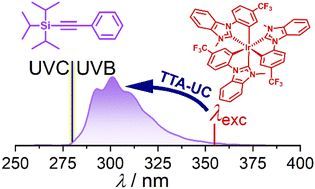
Pushing the limit of triplet–triplet annihilation photon upconversion towards the UVC range
Triplet–triplet annihilation photon upconversion (TTA-UC) provides a milder alternative to traditional UVB/UVC photochemistry. However, suitable sensitizer-annihilator pairs are scarce, in particular…
buff.ly
Christoph Kerzig
@ckerzig.bsky.social
· May 28
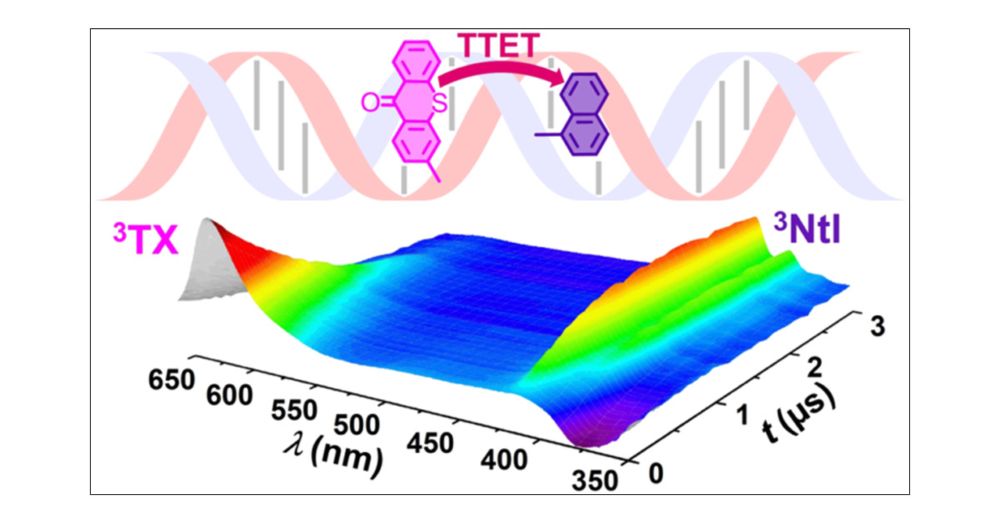
Direct Observation of Triplet–Triplet Energy Transfer in DNA between Energy Donor and Acceptor C-Nucleotides
Investigating the migration of excited-state energy in DNA is crucial for a deep understanding of protection mechanisms and light-induced DNA damage. While numerous reports focused on single electron transfer and Förster-type energy transfer in DNA, studies on the Dexter-type triplet–triplet energy transfer are scarce, in particular, those with direct detection of photoexcited triplet states. Herein, we present direct measurements of the distance-dependent triplet–triplet energy transfer rates through DNA by using transient absorption spectroscopy. This was achieved through the synthetic incorporation of thioxanthone as an energy donor and naphthalene as an energy acceptor into a DNA double strand at defined positions. The energy transfer rates strongly depend on the number of A-T base pairs (up to four) separating the energy donor from the energy acceptor. We observed a fast energy transfer rate with a time constant of 17 ns for the DNA sample in which the donor and acceptor are directly adjacent in the DNA. By analyzing two additional donor–acceptor distances, a steep exponential distance dependence with an attenuation factor of 1.15 Å–1 could be obtained. Our results demonstrate that DNA acts as a poor conductor of triplet energy when energy donors with triplet energies below 2.7 eV are used, complementing more indirect studies on sensitized DNA damage.
pubs.acs.org
Reposted by Christoph Kerzig
Christoph Kerzig
@ckerzig.bsky.social
· May 14
Reposted by Christoph Kerzig
Christoph Kerzig
@ckerzig.bsky.social
· Mar 18
Christoph Kerzig
@ckerzig.bsky.social
· Mar 6
Reposted by Christoph Kerzig
Christoph Kerzig
@ckerzig.bsky.social
· Feb 23
Christoph Kerzig
@ckerzig.bsky.social
· Feb 20
Christoph Kerzig
@ckerzig.bsky.social
· Feb 20
Christoph Kerzig
@ckerzig.bsky.social
· Feb 16
Reposted by Christoph Kerzig

